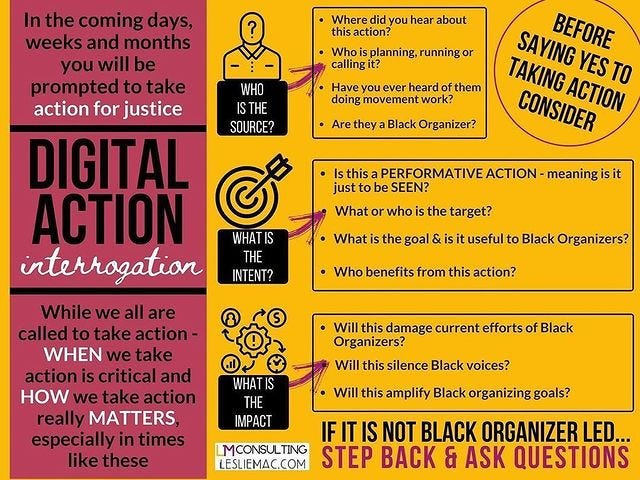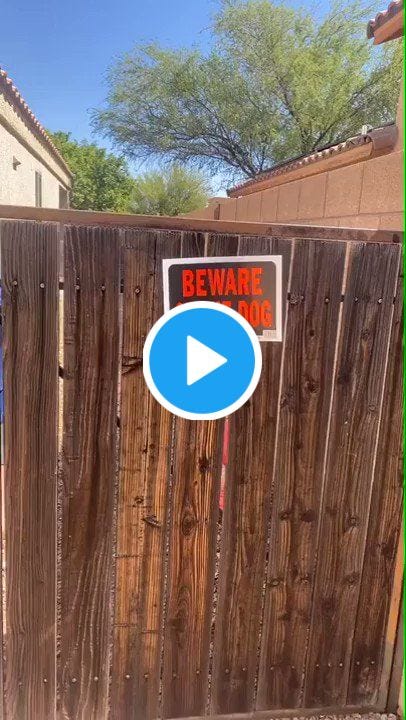Is 2020 over yet?
In today's edition: Blackout Tuesday, fortune-telling apps, deranged influencers and offline languages
A partial accounting of people & brands posting black squares in my Instagram feed:
An ice cream shop
A yoga studio
A beagle we dog-sat in D.C.
My second-cousin’s first wife
My brother’s ex-girlfriend
Some girls from high school, randomly
A hotel brand I once followed to enter a contest
A Japanese Instagram model
A craft brewery
A local “supper club”
… you get the idea, it’s ubiquitous.
Not since the days of the HRC logo, c. 2013, can I recall such an ASTOUNDING assortment of people (and brands!) converging on a single social justice meme. Back then we called it “slacktivism.” Now it appears the practice has many, and more deprecatory, names.
The core criticisms seem pretty similar**, though: how the *hell* did you manage to make this about you? and a post on the internet doesn’t *do* anything!!! Or, as Evgeny Morozov famously wrote a whopping 11 years ago: “The much-touted tools of digital liberation are only driving us further away from the goal of … building global civil society.”
I have always been sympathetic to these lines of criticism, because I love to judge the hypocrisy of other people on the internet. (What! You do too. Bonus points when it involves someone like my cousin’s wife, who I never really liked to begin with.)
But the stakes of slacking are even higher now. A white person’s toss-off #BLM tweet isn’t mere laziness or a bit of eye-rolly gossip to DM to an equally cynical friend. It’s instead further proof of our (our = white people’s) privilege and complacency — our complicity in this whole system. We can dabble in other people’s life-or-death struggles and scroll on to the next foodstagram.
I’m not saying all the black squares did that. As with any time a million people pick up on a single meme, you get a mixed bag of meanings and motivations. And while a show of solidarity is not solidarity, as Franklin Leonard put it, there is also typically a place for performance (and self-identification) in social movements.
So as I’ve scrolled through Instagram this week, I’ve held tight to a two-question gut-check that Stephanie Vie at the University of Hawaii recently gave me. Vie wrote a paper several years ago defending slacktivism, and I was curious what she made of its latter-day replays.
First, she said: Does the post complement other, long-term efforts the poster is taking offline, such as protesting or donating to related causes? (Roxanne Fequiere at Vogue has also written about this.)
Second: Does the post substantively contribute to or amplify a conversation that’s important to the cause — or does it divert time/attention? (See also: this by Tirhakah Love on Medium.)
Since hearing this test, I’ve seen other versions — including these by Mireille Cassandra Harper and Tressie McMillan Cottom (also pasted below). What’s striking to me about all of them is the degree to which they value the worth of a post in part based on whether or not the poster is changing her offline behavior.
Alas, for us internet scolds, that makes it almost impossible to condemn an individual post — or even a collective memetic phenomenon, like the black squares — in isolation. But it does give white people, me included, a good model for questioning our own actions. Arguably, that’s one of the many more important things we can do now, anyway.
… still, I KNOW that beagle has not done the work. Even on walks, he was always lazy!!!
** There isssss also of course a third criticism of the black squares — that they drowned out other posts on the #blacklivesmatter hashtag. But because it seems like most people hustled to fix that, I’ve focused my attention in this lil blog elsewhere.
If you read anything this week
“The most urgent filmmaking anybody’s doing in this country right now is by black people with camera phones.” A crushing essay on police videos, the pandemic and Patti LaBelle, by NYT critic Wesley Morris. [NYT]
Meet the tiny, non-profit media collective reporting from the protests. Unicorn Riot began in Minneapolis five years ago, but it feels like the journalism we need for this moment. [New Yorker]
Covid-19 is the biggest translation challenge the web ever encountered. Over half — half!!! — of the world’s population can’t access online health info in their language. [Wired]
V. excited to spend my weekend with this fascinating Turkish app. Faladdin’s zany CEO disrupted the coffee fortune-telling market by “danc[ing] along the disappearing border between unknown algorithms … and ancient prophetic traditions.” [Rest of World]
When the real economy collapsed, they turned to a virtual one. Scores of Venezuelans are feeding their families by selling Runsescape currency for actual dollars. [Polygon]
Postscripts:
Slander in the Google search bar. Covid memorials on Reddit. The last days of the content farm and the breakout app of the protests. Disinformation thrives in an environment like this, but here’s how you can spot it early. Related: Antifa is not planting bricks everywhere, despite the that deleted White House tweet.
How the Minnesota Freedom Fund took off. The thinking that lets tech perpetuate racism. How the Christian Cooper video sparked a black birder movement and how to protest safely in the age of surveillance. What the actual fuck, influencers?: Exhibits A, B, C *and* D. Finally: Is 2020 over yet? Not QUITE, unfortunately…
Thanks again for subscribing to Links. Sincerely: I appreciate it!! This takes me rather a long time to put together each week, so if you liked this edition please consider H/Ting or forwarding to a friend.
— Caitlin





